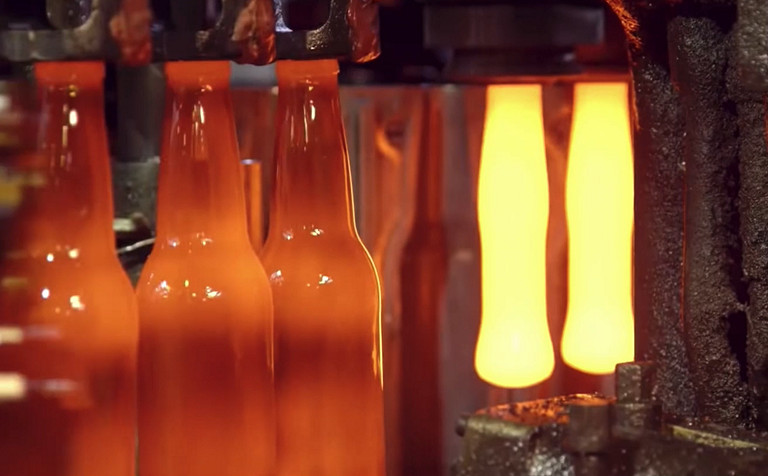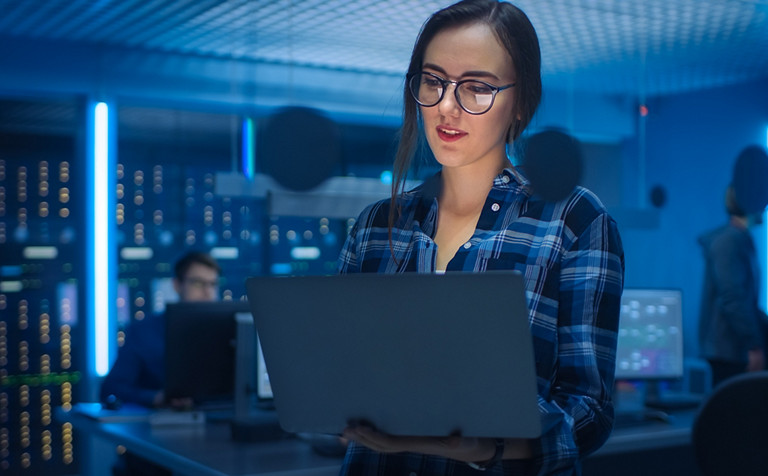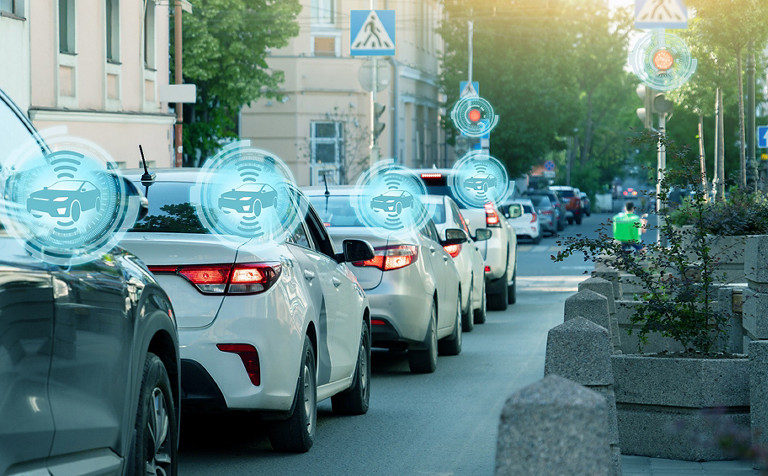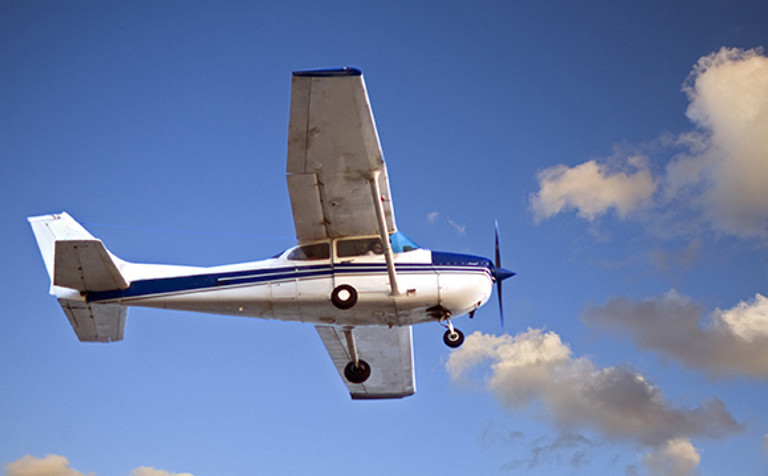
Manufacturing
Discover how Manchester United, the English Premier League football club, is working with DXC on its digital transformation, critical application management and data strategy.
"We are delighted to start this partnership with DXC Technology, a company that already provides ICT infrastructures and human machine interfaces for Ferrari’s critical systems and with which we will explore further software asset management solutions in the future. With DXC we share values such as business expertise, the search for continuous innovation and dedication to excellence. We look forward to developing this partnership in the years ahead.”
Lorenzo Giorgetti
Chief Racing Revenue Officer at Ferrari

Manufacturing

Manufacturing

Automotive

Aerospace & Defense